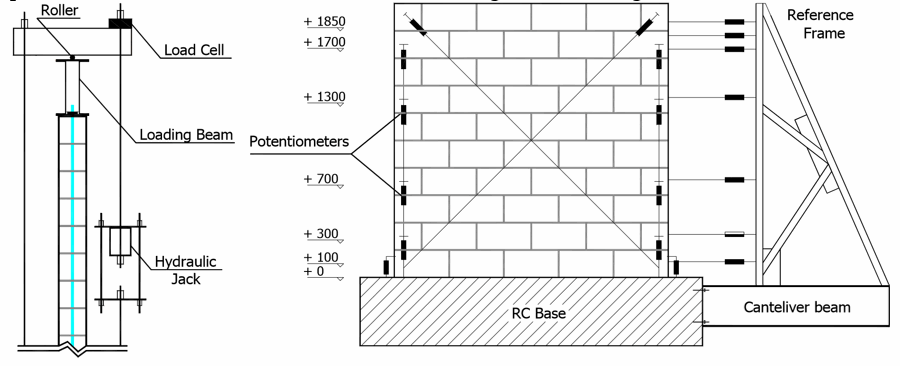S.C. Miller1, W. El-Dakhakhni2, and R.G. Drysdale3
- M.A.Sc. Candidate, Dept. of Civil Engineering, McMaster University, Hamilton, ON, L8S 4L7, millersc@mcmaster.ca
- Post-Doctoral Fellow, Centre for Effective Design of Structures, McMaster University, eldak@mcmaster.ca
- Professor, Martini Mascarin and George Chair in Masonry Design and Director of the Centre for Effective Design of Structures, McMaster University, drysdale@mcmaster.ca
ABSTRACT
International masonry design standards differ significantly in treatment of the parameters affecting shear capacity of reinforced masonry shear walls. As a result, the predicted capacities exhibit various degrees of conservatism relative to experimental values. Since the masonry material and construction practices are similar in these compared countries, the discrepancies point to different interpretations of the importance of each parameter and, perhaps, different philosophies related to conservatism and accuracy requirement for shear design. The provisions in CSA S304.1-04, Masonry Design for Buildings [1] are among the most conservative.
This paper contains the results of cyclic tests of 4 reinforced masonry shear walls designed to fail in shear. The parameters studied include amount of shear reinforcement, presence of axial load, masonry compressive strength, and wall size. The results indicate that the Canadian formulations are very conservative and that shear reinforcement is much more effective than predicted. Despite failing in a shear mode, the test walls exhibited significant post-peak capacity and ability to dissipate energy under reversed cyclic loading.
KEYWORDS: Shear walls, Reinforced masonry, Concrete blocks, Design equations, Cyclic test
7b-4



